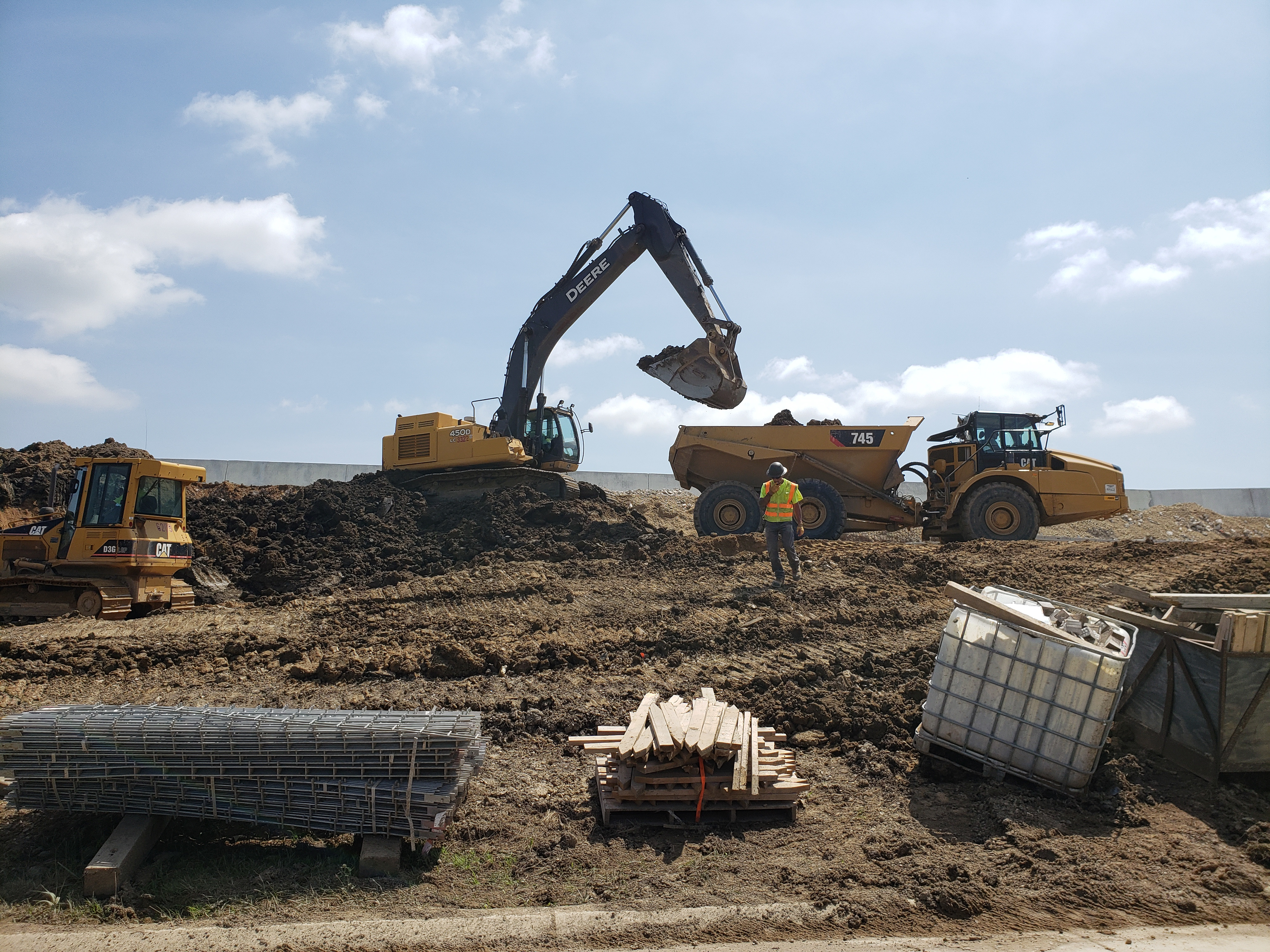KEY POINTS
-
Construction on the $3.6 billion Brent Spence Bridge Corridor Project, expected to begin in early 2026, will transform an eight-mile stretch of I-71 and I-75 between Ohio and Kentucky.
-
The project includes building a new double-decker companion bridge for interstate traffic, repurposing the existing bridge for local use, and redesigning ramp configurations to improve safety and reduce congestion.
-
Community-focused enhancements, such as pedestrian and bike paths and urban aesthetic improvements, aim to reconnect neighborhoods, improve transit access, and create a more walkable environment.
Project to Transform Ohio-Kentucky Connectivity and Skyline
The Ohio Department of Transportation (ODOT) said at a news conference on October 7, 2025, that construction on the $3.6 billion Brent Spence Bridge Corridor Project is anticipated to begin in early 2026, though a precise start date was not announced.
The infrastructure project will reshape an eight-mile stretch of I-71 and I-75, a critical transportation passageway between Ohio and Kentucky.
Project Scope: Build, Repurpose, and Improve
During the Cincinnati City Council presentation, ODOT officials outlined the project’s immense scale and expected timeline. The construction plan aims to improve safety, reduce congestion, and modernize one of the nation’s most vital commercial corridors. 
A rendering of Cincinnati’s planned double-decker, cable-stay companion bridge is in the foreground; the existing double-decker, truss-style bridge is behind it. Image: Ohio Dept. of Transportation
The existing Brent Spence Bridge is a crucial transportation link. Officials said it serves $2 billion in daily freight movement between Canada and Florida while connecting major business hubs.
The present structure, a double-decker, truss-style bridge, connects Covington, Kentucky, and Cincinnati, Ohio, over the Ohio River. The top deck handles traffic heading to Kentucky, while the bottom deck serves Ohio-bound vehicles.
Since its opening in 1963, the bridge has been a vital regional and national travel route. However, it now carries over 160,000 vehicles daily, more than double its original design capacity of 80,000, making it prone to congestion.
New Companion Bridge
At the heart of the Brent Spence Bridge Corridor Project is the construction of a new companion bridge. The structure will rise to the west of the existing Brent Spence Bridge and feature a double-decker, cable-stayed design. ODOT officials said in the October 7 meeting that the design is currently 60% complete.
The new companion bridge is engineered to handle the demands of interstate and freight traffic. Its double-decker configuration will divide traffic flow, increasing capacity and efficiency along the I-71 and I-75 corridor.
Repurpose Existing Bridge
While the new bridge will handle through traffic, the existing Brent Spence Bridge will be repurposed to serve local needs. Crews will re-stripe the bridge from four lanes to three, a change intended to improve safety, according to officials.
Once complete, the existing structure will exclusively carry local traffic between downtown Cincinnati and Covington, Kentucky, separating regional and local commuters.

A rendering of Cincinnati’s planned double-decker, cable-stay companion bridge. The existing double-decker truss bridge, which connects Covington, Kentucky, and Cincinnati, Ohio, is shown in the background. Image: Ohio Dept. of Transportation
Improvements to Reconnect Communities
Beyond the bridges, the project includes improvements to the surrounding eight miles of roadway in both Ohio and Kentucky. This includes redesigning ramp configurations to streamline traffic flow and reduce bottlenecks that have plagued the corridor.
Officials said the project will enhance community connectivity with features that include:
-
New pedestrian and bike paths designed to join neighborhoods and improve access to public transit, jobs, and local businesses.
-
Aesthetic improvements aimed at creating a more walkable, urban environment around the bridge.
These elements reflect a modern approach to infrastructure, where transportation projects also serve to reconnect and revitalize the communities through which they pass.
Project Scale and Workforce Demand
The Brent Spence Bridge Corridor Project is a significant nonresidential construction project. The $3.6 billion investment underscores the project’s complexity and the required resources.
Officials estimate the build will demand:
- 6 million work hours
- 95 million pounds of steel
- Approximately 700 skilled trade workers
- A team of more than 60 subcontractors
The demand for skilled construction labor, from ironworkers to heavy equipment operators, is anticipated to provide an economic boost and create a pipeline for workforce development.
Stay Connected
Stay connected with ConstructConnect News, your source for construction economy insights, market trends, and project news.
About ConstructConnect
At ConstructConnect, our software solutions provide the information that construction professionals need to start every project on a solid foundation. For more than 100 years, our keen insights and market intelligence have empowered commercial firms, building product manufacturers, trade contractors, and architects to make data-driven decisions, streamline preconstruction workflows, and maximize their productivity. Our newest offerings—including our comprehensive, AI-assisted software—help our clients find, bid on, and win more projects.
ConstructConnect operates as a business unit of Roper Technologies (Nasdaq: ROP), a constituent of the Nasdaq 100, S&P 500, and Fortune 1000.
For more information, visit constructconnect.com





